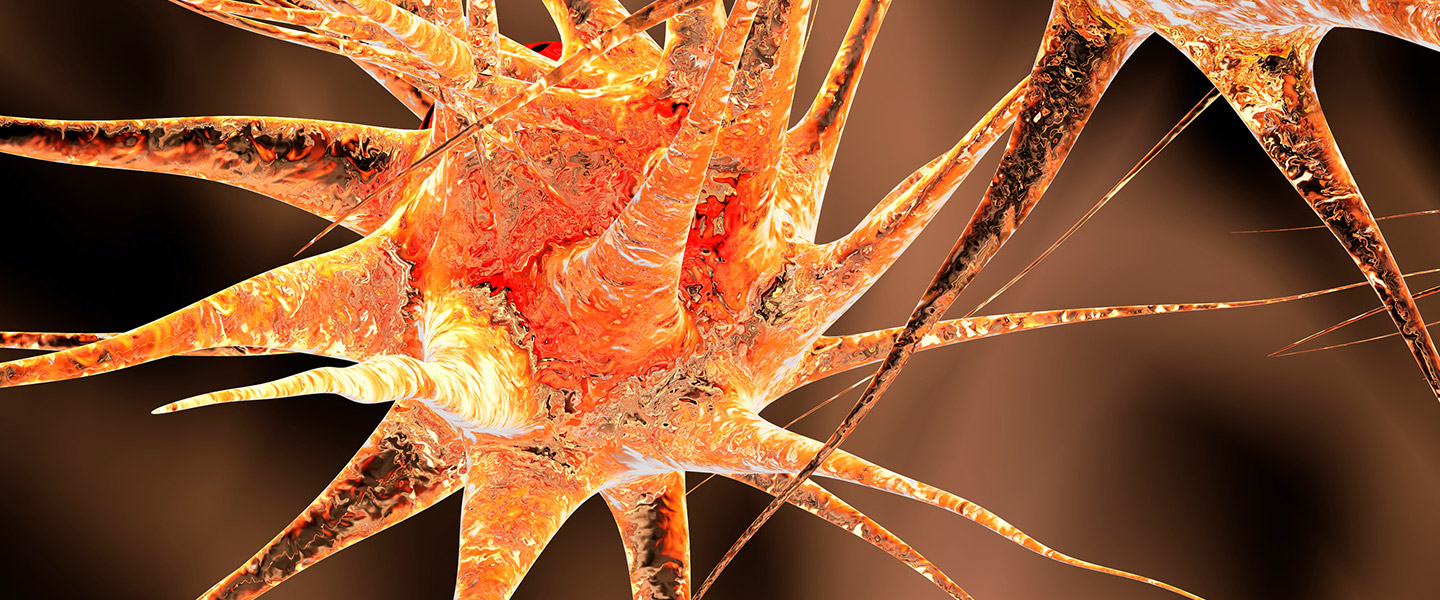Mouse Study Reveals How Critical Connections Are Built in Early Brain
Mouse Study Reveals How Critical Connections Are Built in Early Brain

As the brain develops in the womb, newly born neurons must be both correctly placed and correctly “wired” together to properly transmit neural signals. In a study published September 2 in the journal Science, researchers show how a chemical messenger called GABA critically shapes where neuron-to-neuron connection junctions, called synapses, develop in the mouse cortex.
Circuits connecting cortical pyramidal neurons in this part of the brain contain both excitatory synapses (which carry a neuron’s “on” or active signal) and inhibitory synapses that block a neuron’s action. An imbalance in excitatory and inhibitory synapse function may be involved in mental illnesses such schizophrenia and autism spectrum disorder (ASD), making it important to understand how these synapses arise and organize in the growing brain.
A research team led by Hyung-Bae Kwon, Ph.D., a NARSAD 2013 Young Investigator at the Max Planck Florida Institute for Neuroscience, examined how GABA, a neurotransmitting chemical, directs the early positioning of these important cortical synapses. Pablo E. Castillo, M.D., Ph.D., a 2006 Independent Investigator at the Albert Einstein College of Medicine, joined Dr. Kwon on the research.
Although GABA is typically considered an inhibitory neurotransmitter in the adult brain, the study by Drs. Kwon and Castillo and their colleagues suggests the chemical messenger plays an excitatory role in the developing mouse brain. By selectively releasing chemically “caged” doses of GABA in mouse cortical neurons, the researchers discovered that GABA stimulates the development of both excitatory and inhibitory synapses in brain cells as they are “wiring up.” This may mean that neuron-to-neuron connections are not always made at a predetermined place, the scientists write, but rather their formation can at times be spurred by an individual’s experience – learning, for example: processes during which GABA is released in the developing brain.



